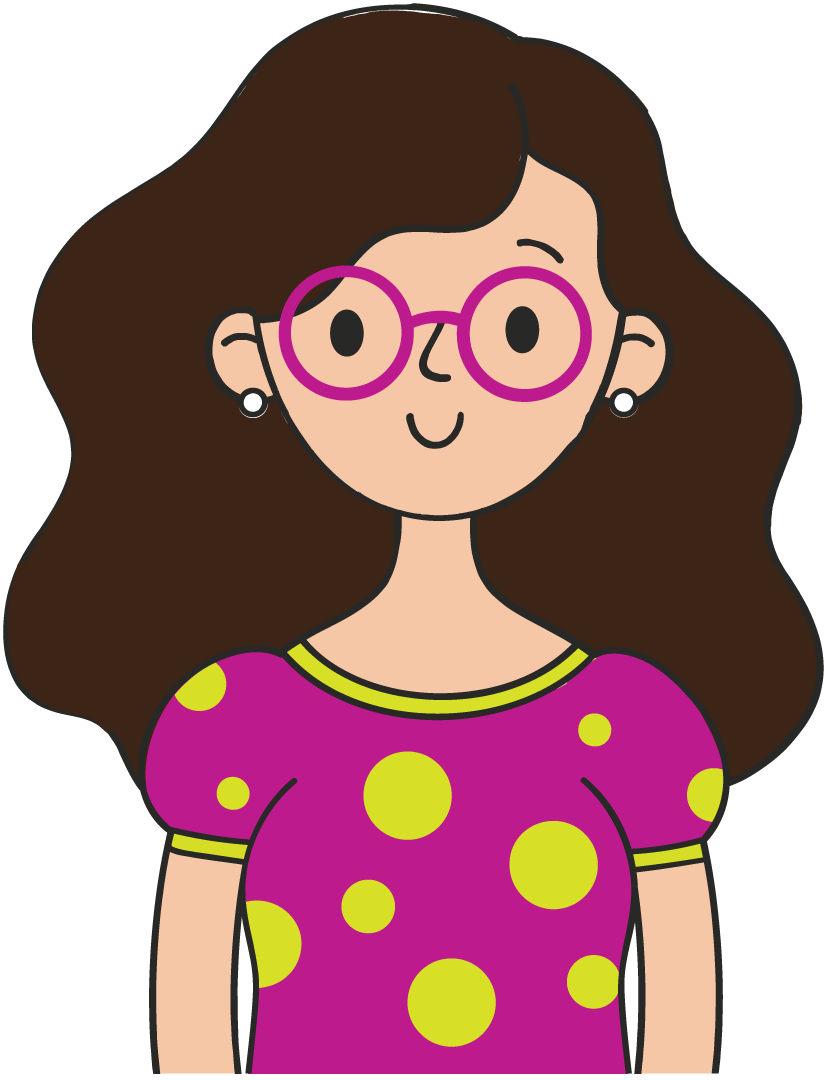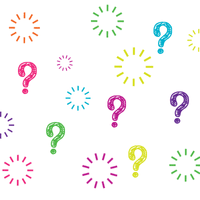Article
How to Make An Escape Room for Kids
22 May 2022
Escape Rooms are the latest craze – a fun and mind-boggling array of clues, codes, puzzles and physical challenges that you must solve within a certain period of time and ‘escape’ from the room. You could make a DIY Escape Room for kids (with or without the room) and use it as a fundraising activity, classroom reward or just as an exciting lunchtime event. This article summarises some of the main elements you will need to get started, and suggestions for a basic DIY Escape Room with accessible props and kid-friendly clues. If you want to create a high-tech room with black light, booby traps and more, there are links at the end to a number of other helpful articles.
Location
Ideally, you would have a spare classroom or space you can use for your escape room, but you don’t actually need to have a room (or a door), and if the Escape Room is for kids, then you shouldn’t lock it anyway. If you don’t have a spare room, you can use a corner of the library or undercover area – somewhere quiet and without observers. Create a physical boundary using pin-up boards or moveable whiteboards, anything to create a sense of isolation. You could even set up an escape room in the middle of the oval – just call it an Escape Island.
If you don’t have a designated space for your room, then you simply need to make all your props and puzzles portable – if you can fit everything into a large plastic tub, then it means the ‘room’ can be moved around.
Theme
The theme or story of your DIY escape room is important. It doesn’t matter if your puzzles are cool and clever if they don’t help maintain the story. Commercial Escape Rooms have themes such as escaping from a kidnapper, escaping from a room where a deadly virus has been released, escaping from a mummy’s tomb etc, but you can create any story you like and it could be as simple as being locked in the library overnight or trying to escape from a dragon’s dungeon. If teachers are assisting, you might want to ask them about the current curriculum so that you can tie the Room in with what the kids are learning in class.
Group size/timing
The ideal group size is 4 to 6 as larger groups can get unwieldy and confusing, and the game should last around 45 minutes to one hour. If you are making the room part of a classroom, then it should be solvable in 30 minutes. You will need to test your Room with some willing subjects to make sure that it isn’t too easy or hard – be very clear about which age group(s) you are targeting your Escape Room for, as the difficulty of the challenges will be very different if you are making the Room suitable for a group of early readers with only basic maths skills or are aiming it towards high school students.
Types of clues and puzzles to use in your DIY Escape Room
- Hide props in your room (ie hiding a key)
- Lock boxes, briefcases or locked drawers/cupboards (find a key to unlock something which contains another clue)
- Mirrors (hide a mirror somewhere that must be used to read a clue that is written backwards)
- Teamwork (separate different parts of a clue – such as symbols and a cipher) so that the different team members must communicate to get the clue solved
- Bike locks or combination locks (participants need to figure out a 3 or 4 digit code in order to open a box, unchain themselves or open a door)
- Leave some puzzle pieces that must be assembled to reveal a code or clue
- Codes (create a grid that you hold over a page of a book to show letters that make a word clue or leave a code in morse code disguised as paint drops on the floor)
- Clues written in hidden ink that is only visible under black light (it’s easy to buy invisible ink pens these days, just hide the pen with the light somewhere in your ‘room’).
- Write a message on a mirror with soap that needs to be revealed with steam.
- Word searches and cross words (solving the puzzles gives participants letters that form another clue)
- Props with dual purposes (hide a code or message in a discarded newspaper in the bin, a map on the wall, or a framed photo on the bookshelf. If you are using the library theme, you can make a clue that must be solved using an actual reference book from the library. If you have an old computer keyboard you can remove or rearrange some of the letters to make or reveal a clue)
- Audio or visual recordings (there are toys available which allow you to record brief messages, which could be used as a clue/solution)
- Substitution of symbols or other languages
- Weights/scales (determine which objects must be combined to make a certain weight – letters/numbers on the objects can be arranged to make a word or clue. Using the incorrect object/weight will lead to a false clue).
How to create a storyline for your Escape Room
Spend the time getting this part right, and you will be rewarded by a smooth running Escape Room that you can use over and over.
Step 1: Start with your setting – where is your Escape Room set? This doesn’t necessarily mean the actual location, but the ‘story’ location. In this example I am going to use the example of the library, which could actually be the library.
Step 2: Describe the problem – what are the players trying to do, what is the problem they are trying to overcome? Why do they need to escape from a room? In our example, the kids fell asleep during class and when they woke up, school was over and the building locked. Now they need to escape from the library before the motion sensors are activated, the alarms go on, the police are called and they all get detention.
Step 3. Plotting the clues – generally the first and last clue need to be obvious. The last clue is that the kids need to find the key to unlock the library door before a certain time, which could easily be explained by a big sign saying ‘Warning – motion sensors will turn on at 5pm. Any movement after that time will set off alarms and all trespassers will be prosecuted.’ Don’t forget to have a clock that is set to the appropriate time.
The first clue should be also be relatively obvious, in our case we might have a note written on a whiteboard saying ‘Julie, I have put the key to the library in the lockbox on the wall. The code for the lockbox is in the top draw.’
You can have as many or as few clues as you want – but they should generally lead from one to the next. For example, the kids might go to the top drawer to get the code but discover the drawer is locked, or if they open the drawer there may be lots of bits of paper with random letters and numbers and they need to figure out which is the correct code.
One piece of paper might have a bunch of Egyptian symbols on it, and by locating a book within the library conveniently called ‘Egyptian Symbols’, they can decipher the clue which may say ‘this is not the code’ [hint: you can make your own books to put on the library shelves].
Another piece of paper might have Morse code written on it, which when solved might provide a riddle that leads the players to another clue (see examples of riddles below).
Each puzzle that is solved must lead to the next challenge. The more closely aligned the challenges and solutions are with the story theme, the better the game will run.
Sample puzzles for your Escape Room
These logic riddles are from the website http://brainden.com. They are simple enough for children to solve and the answer could be a prop that provides the next clue.
Q. What gets wetter and wetter the more it dries? A. A towel
Q. What travels around the world but stays in the corner? A. A stamp
Q. What has a head and tail but no body? A. A coin
Q. What has an eye but cannot see? A. A needle
Q. What kind of room has no doors or windows? A. A mushroom
Q. What kind of tree can you carry in your hand? A. A palm
How to make an Escape Room fundraiser
If you are setting the Escape Room up as a semi-permanent feature in the school, then you can create a booking sheet and kids can pay a small fee to play the game in a group with their friends at lunchtime. Make sure they understand they shouldn’t share the clues or solutions with other kids.
Another option is to create a portable room (in a tub) that can be ‘hired’ out to families to play over the weekend.
Other things to consider
Props break, batteries run out and things get lost. Make sure you check the room every time you use it. Laminate paper clues where possible to avoid wear and tear and have duplicates of the most important props.
Keep a clear checklist of exactly what is in your Escape Room and where it needs to go. Create a mud map of the layout so that it can be set up quickly and easily.
Don’t forget to reset locks and props before putting them out.
Escape Room resources and websites
Brain Den – a huge selection of puzzles, brainteasers, logic and more that you can turn into clues
Instructables – A step by step guide to how one family created an Escape Room in a bathroom for party guests. Some clever and simple ways of hiding clues and red herrings in a room.
Escape Room inspiration and downloadables on Pinterest.
A great article by a teacher who turned his entire classroom into an Escape Room for students.
Check out this site by LockPaperScissors – they have a brilliant range of puzzle ideas to incorporate into your escape room.
Author: Shannon Meyerkort
Register your details to get a copy of our 2025 Fundraising Planner sent to your door for FREE!
Explore suppliers

Popular
Pictureproducts
Turning nearly 3 million children's drawings and photos into melamine Pictureplates since 1977, kids and parents love a Pictureproducts fundraiser. Wide range of add-on products available to maximise your profits.
View profile
Popular
Signature Engraving
Our range of bricks and pavers has been a highly successful and profitable fundraising product for community organisations, sports clubs, councils, service clubs, churches, schools and kindergartens across Australia for over 25 years.
View profile
Camelot Amusements
If you are in New South Wales, Camelot Amusements is dedicated to enhancing community spirit by bringing joy and entertainment to your event!
View profile






